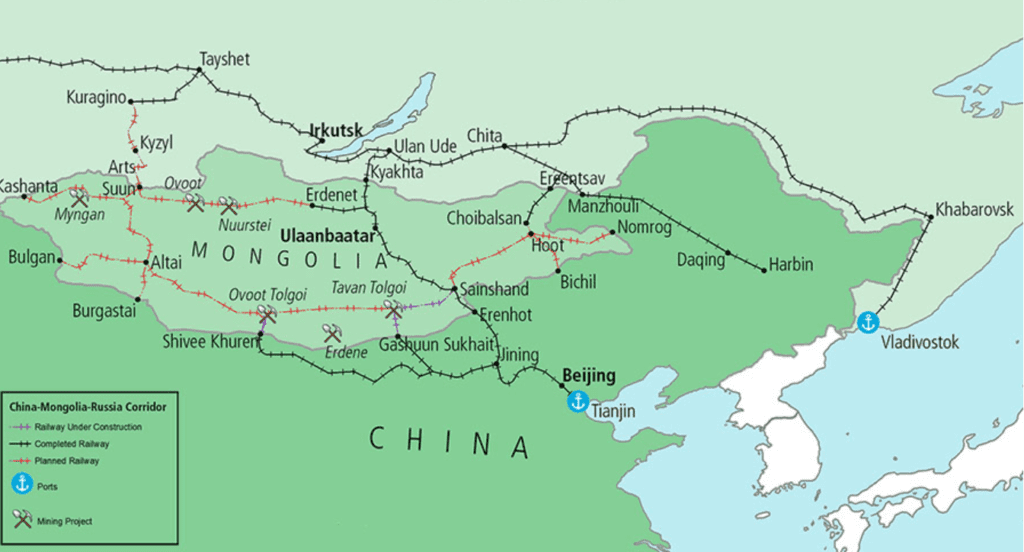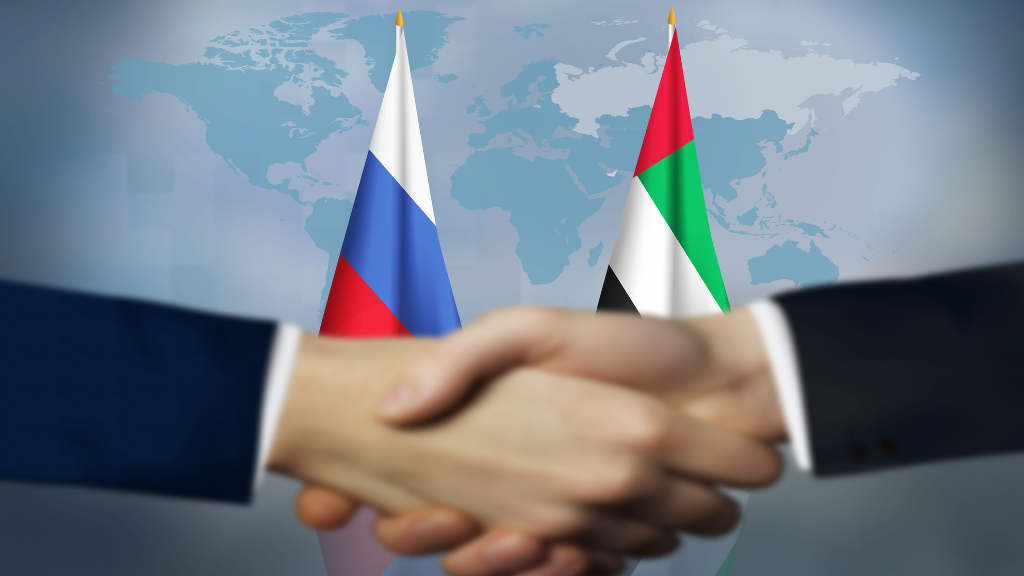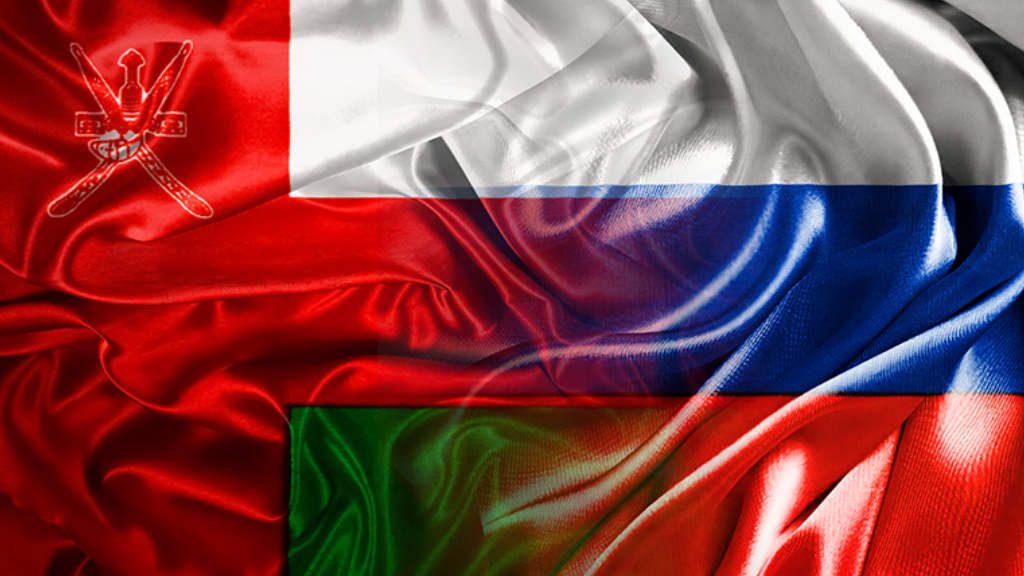Russia’s Foreign Minister Sergei Lavrov has held trilateral meetings with Chinese Foreign Minister Wang Yi and Mongolian Foreign Minister Batmunkh Battsetseg on the sidelines of the Shanghai Cooperation Organization Council of Heads of State meetings in Astana.
The Russian Foreign Ministry said that “During a substantive conversation, they exchanged views on enhancing trilateral cooperation in various areas, implementing a roadmap for advancing cooperation and a program for establishing the Russia-Mongolia-China Economic Corridor, (RMCEC) as well as priority areas for further development of this promising format.”

The RMCEC has been a long mooted trade and supply chain route that will utilise the existing Trans-Mongolian railway, a southern branch of the Trans-Siberian railway that bisects Mongolia from Ulan-Ude to Beijing. That would be double-tracked to increase capacity along the existing route.
Additional facilities and developments along this corridor are likely to be accelerated as Russian President Putin and Chinese President Xi have instructed their Power of Siberia 2 (PS-2) operators – Gazprom and Sinopec – to finish negotiations on the PS-2 pipeline, which also bisects Mongolia.
The PS-2 is also of strong relevance to Mongolia as part of this will be a gas transit and distribution hub at Ulaan Baatar, the Mongolian capital, helping to power the capital city and assist with its development. Mongolia will also raise transit fees for the delivery of gas to China from Russia.
The Corridor is one of the six major land corridors of China’s Belt and Road Initiative. Its goal is to increase infrastructural and economic ties between cities including Beijing, Ulaanbaatar, Novosibirsk, Omsk, Yekaterinburg, and Saint Petersburg. The project would improve infrastructure links between the three countries, reduce freight times, and create new sea and land-based export routes for Mongolian natural resources. It also aims to reduce bureaucratic barriers at the border and provide a route for Chinese and Mongolian freight to Pacific ports via improved Trans-Siberian connectivity to Vladivostok. The Trans-Mongolian and Trans-Siberian lines intersect at Ulan-Ude.
To China, the CMREC represents the prospect of large-scale investment inflows overhauling Mongolia’s aging infrastructure network; and situates landlocked Mongolia as a key link in new trade networks linking East and West, representing new economic opportunities for the country as a transit and logistical hub.
Some of this connectivity has already been put in place. New rail links to connect Ovoot Tolgoi and Tavan Tolgoi, both coal mining regions in Mongolia, with China’s national rail network have been completed and use China’s 1,435 rail gauge standard. The Tavan Tolgoi-China link was completed in September 2022. It delivers 30 million tonnes of coal a year to the Chinese market at prices 25% of the previous cost of road haulage.
The two major beneficiaries are likely to be Ulaan Baatar and Ulan-Ude, while China obtains lower energy costs and improved market access to Russia. Mongolia is also negotiating a Free Trade Agreement with the Eurasian Economic Union, which would further boost its trade with Russia and China.
Russian President Putin also met with Mongolian President Ukhnaagiin Khurelsukh at the SCO event, stating that there is strong potential for broadening Russian-Mongolian cooperation in the energy sector. Ulaan Baatar continues to power itself on aging Soviet-era coal power stations.
Putin stated that “Energy has been and remains one of the key areas of our interaction. This work has been streamlined, but we can also discuss its expansion, implying hydrocarbons and electricity. We have many things to discuss.”
Further Reading





